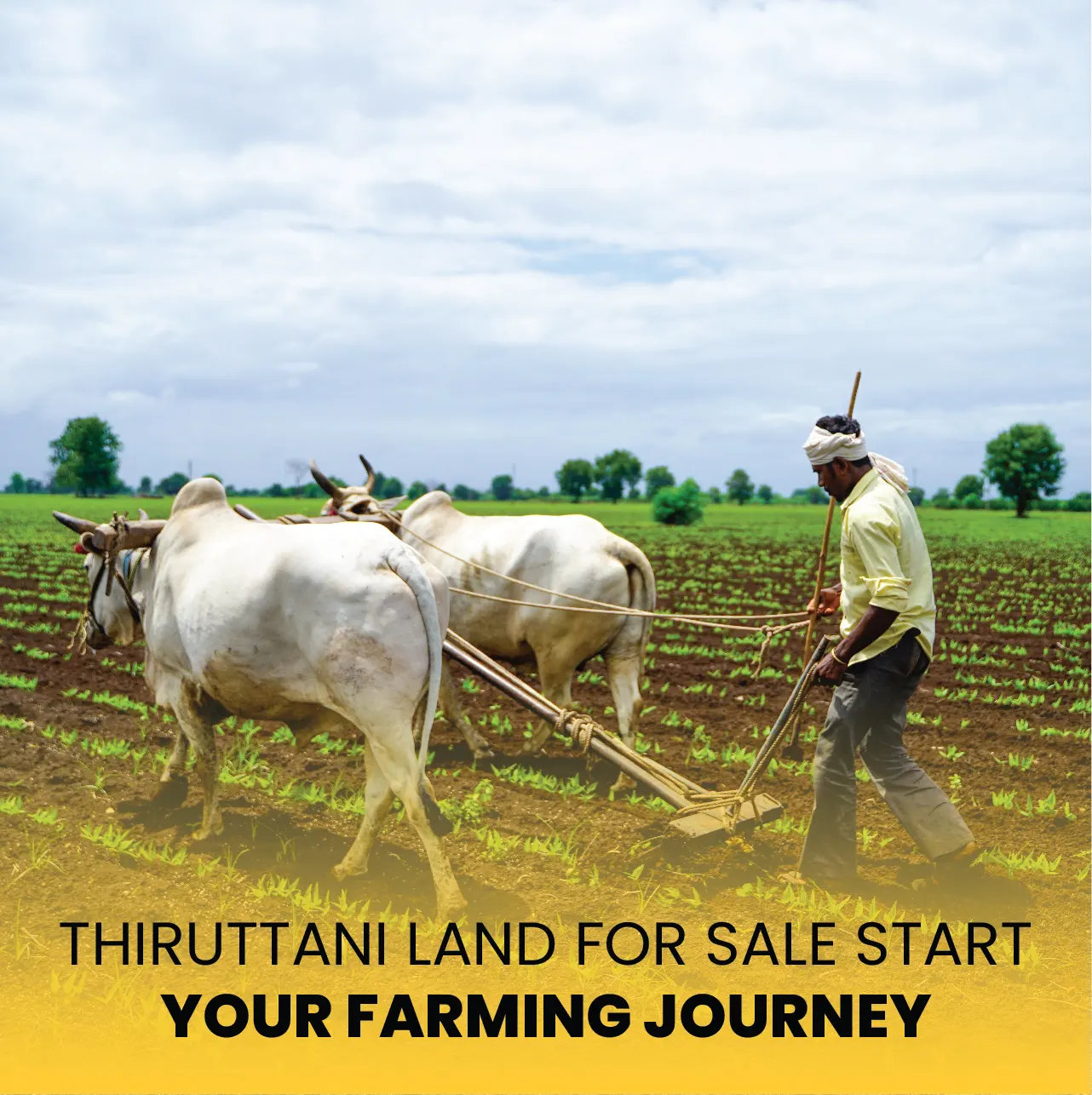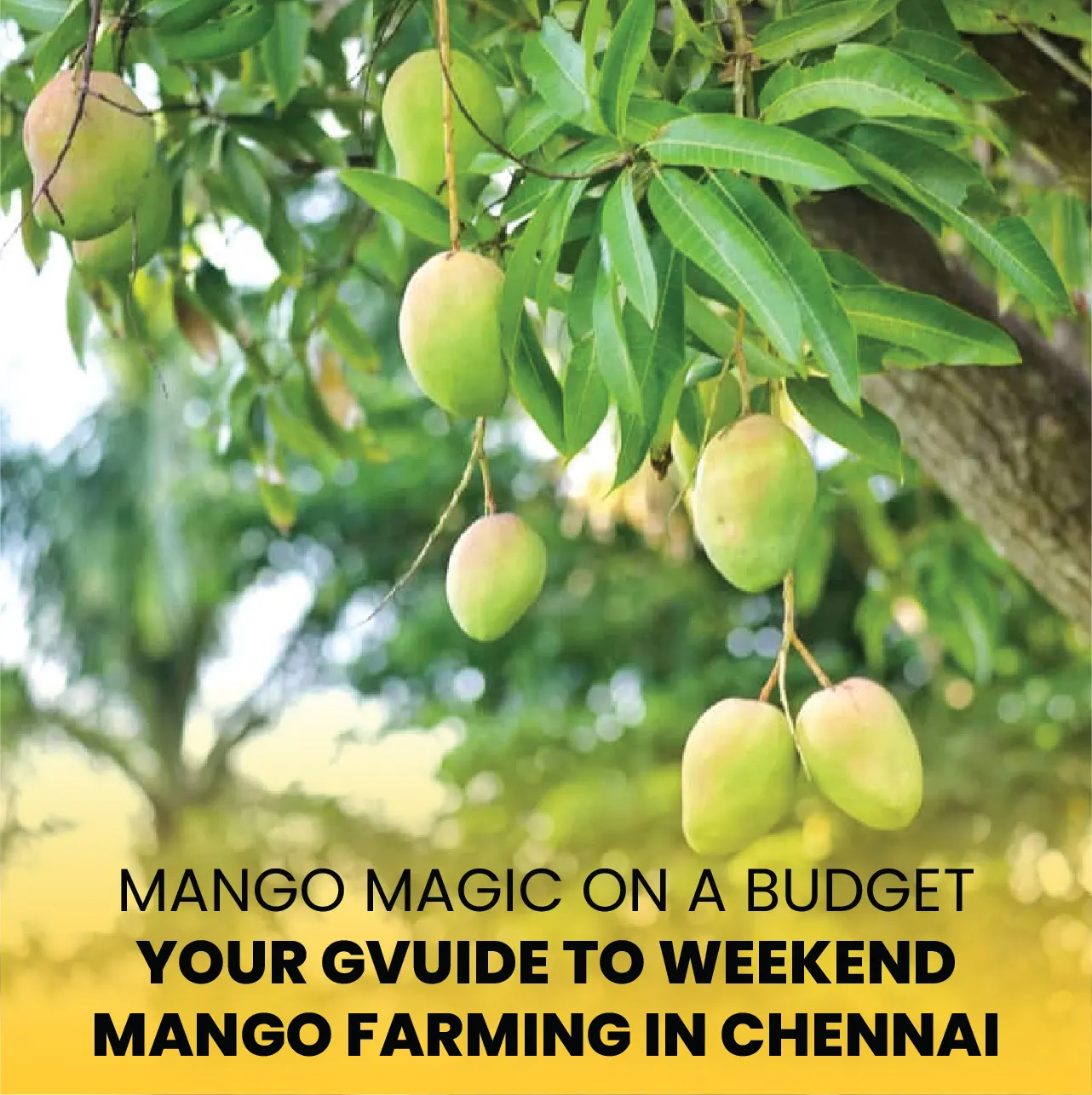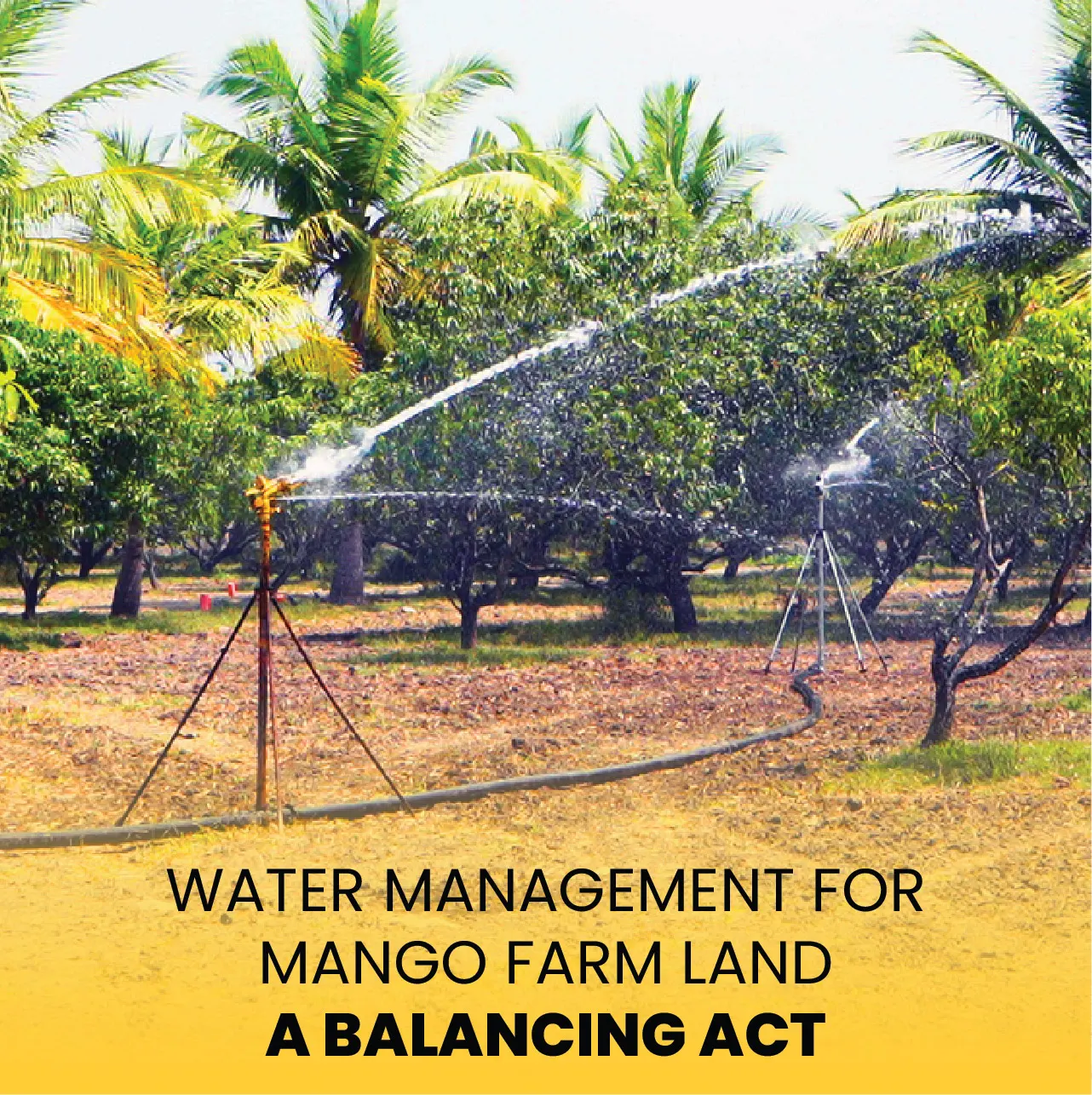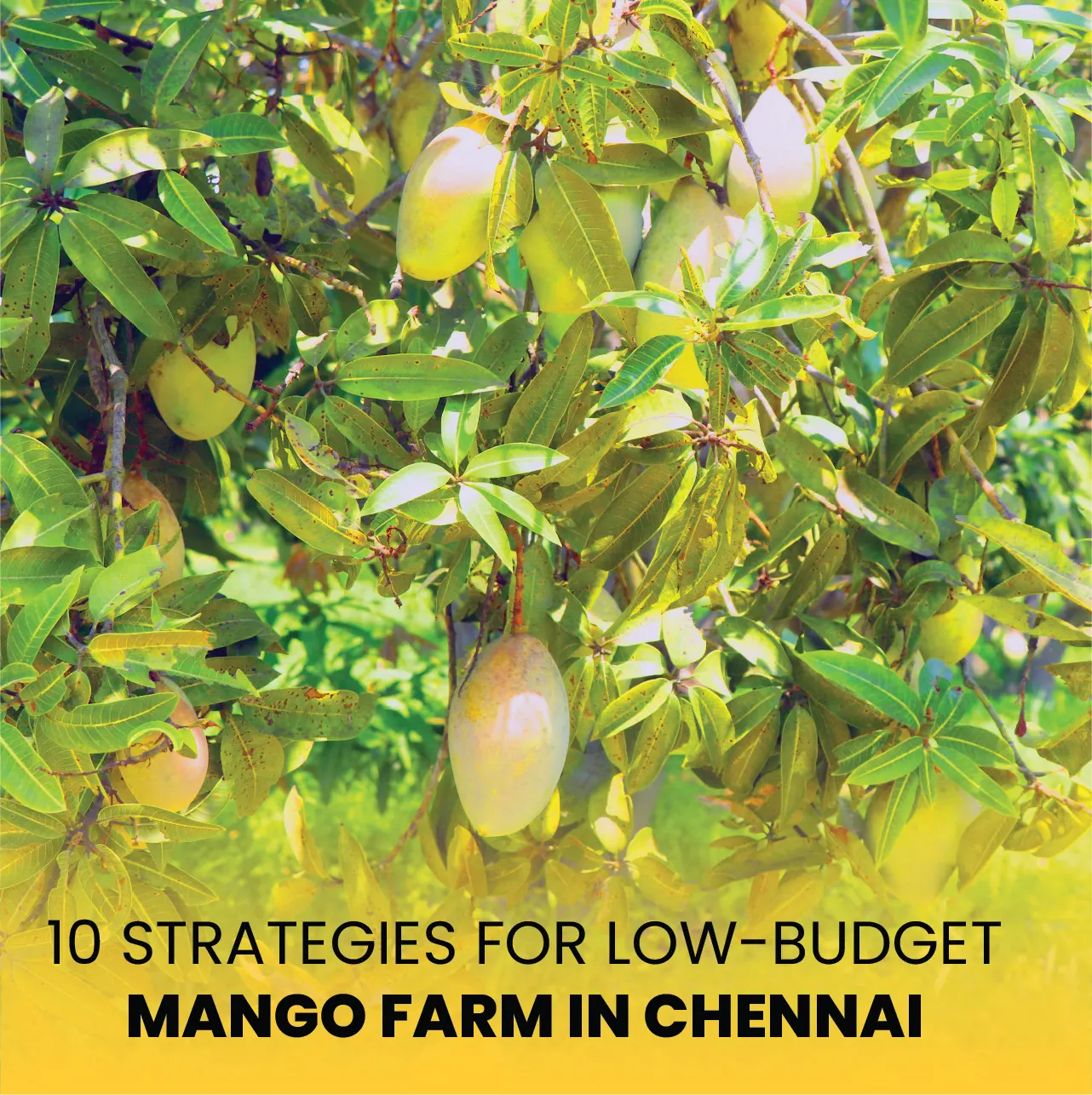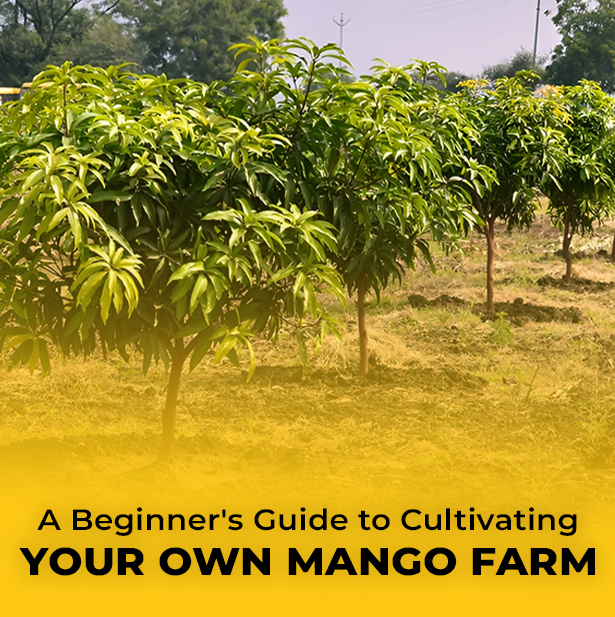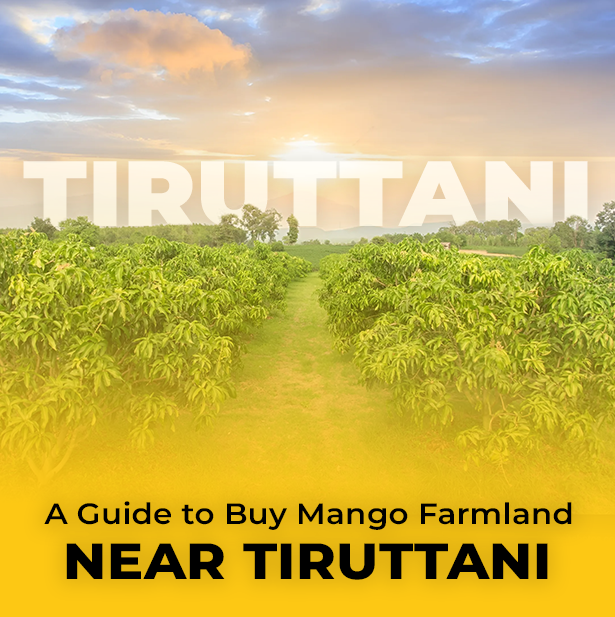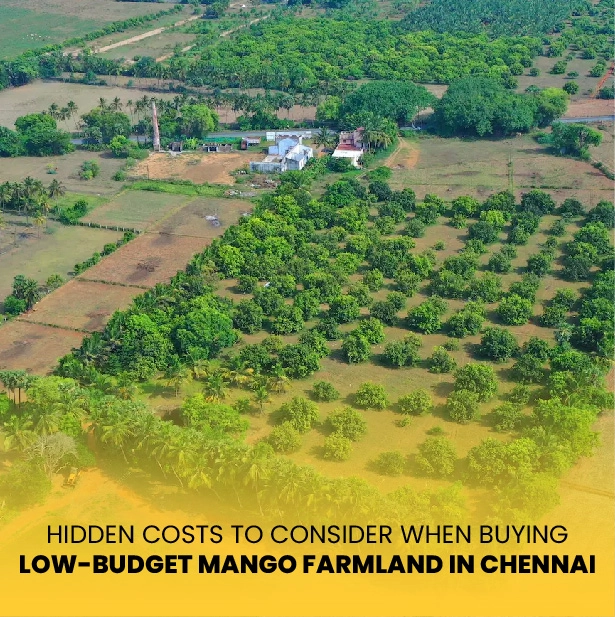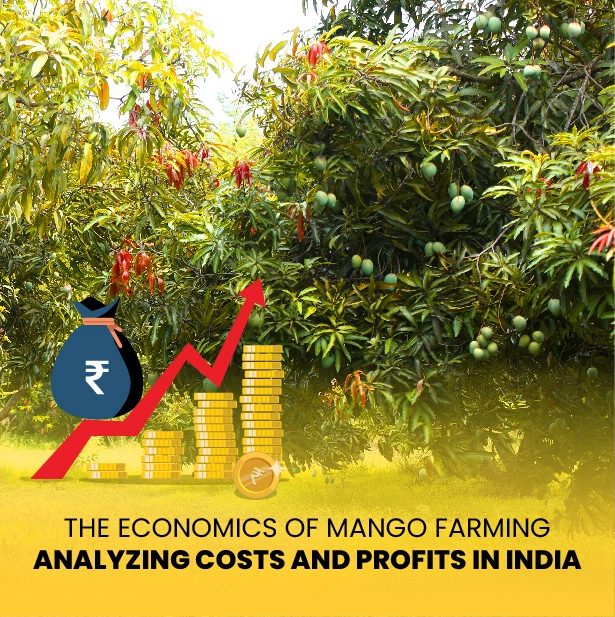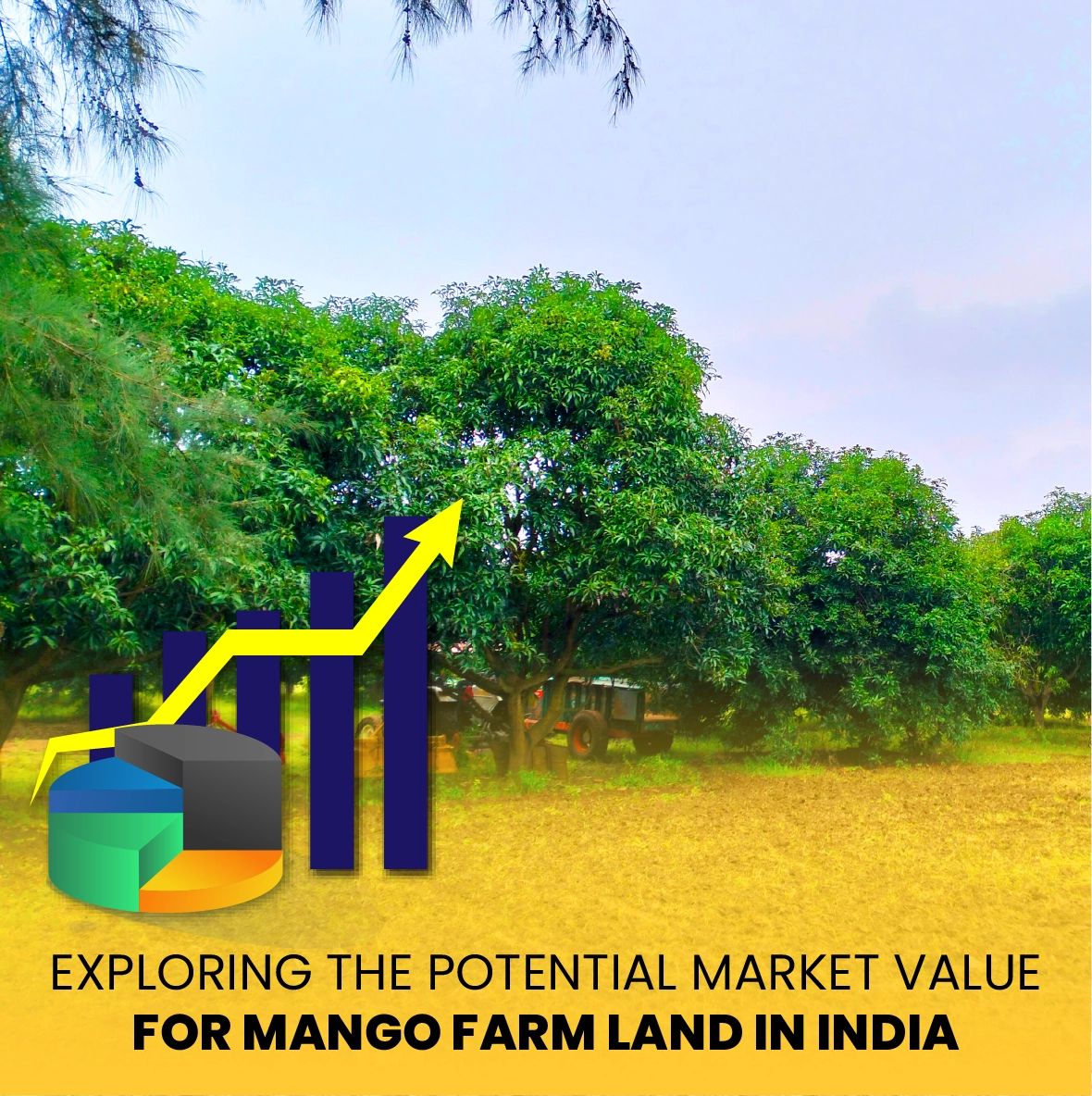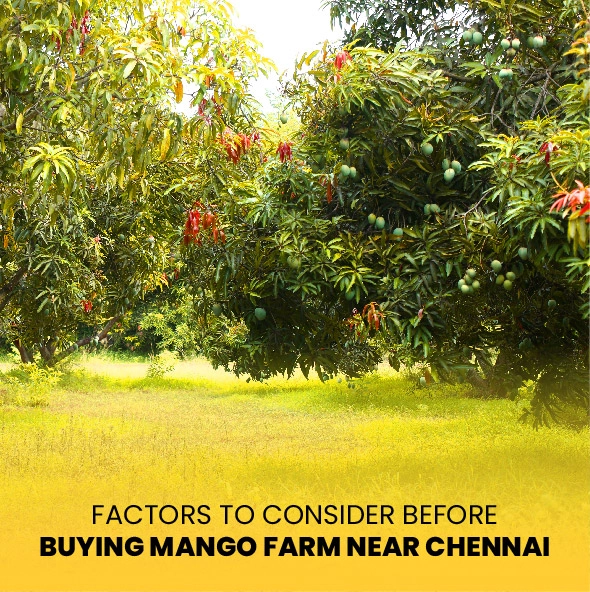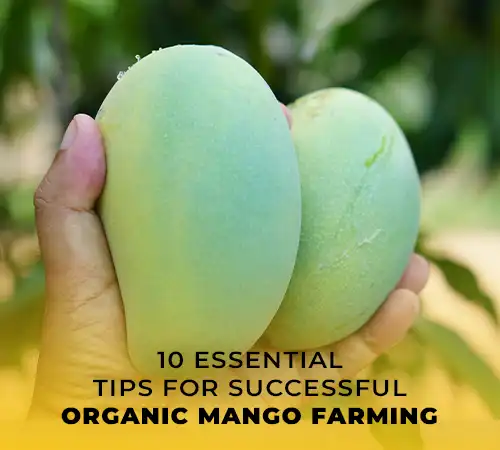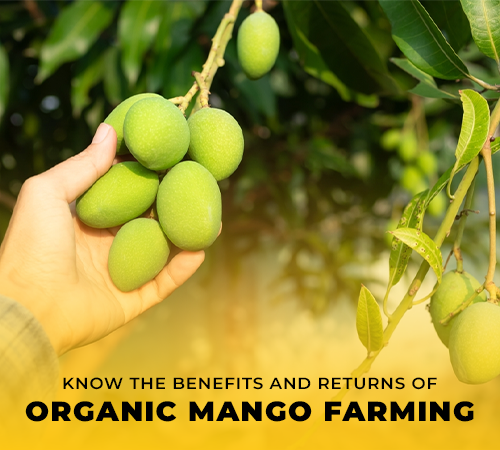The "Gir Kesar" mango, which is also just called "Kesar," is a rare and valuable variety that grows in the fertile slopes of Girnar in Gujarat, western India mango farmland. The bright orange flesh and delicious sweetness of the Kesar mango make it stand out. Its bright colour and pleasant smell also make it more appealing. In 2011, the Kesar mango was given geographical indication (GI) rank because of its unique regional heritage and high quality.
This honorific name emphasises the unique qualities of the fruit that are strongly connected to the place where it is grown. This makes sure that only mangoes grown in this area can be sold with the prestigious name "Gir Kesar." This honour not only keeps the Kesar mango's history and identity alive, but it also helps local farmers by spreading the word about the fruit on a national and international level.

Starting in 1931, when Junagadh Wazir Salé Bhai planted the first grafts in Vanthali, the Kesar mango's journey Of these grafts, seventy-five settled on the Junagadh Laal Dori farm, which is tucked away in Girnar's slopes. The mango got its name "Kesar" in 1934 when Muhammad Mahabat Khan III, the Nawab of Junagadh, marvelled at the saffron-coloured pulp and remarked, "This is Kesar" the Gujarati and Hindi term for saffron.
Kesar mango farming on around 20,000 hectares in Gujarat's Saurashtra region's Junagadh and Amreli districts, the Kesar mango is The area generates around two lakh tonnes of this beautiful fruit annually. But only the mangoes cultivated close to the Gir sanctuary are formally identified as "Gir Kesar mango."
Kesar mango cultivation starts in October, after the monsoon season. Usually ready for market by April-May, the fruits are picked in the green mature stage to guarantee optimal quality. Rich in taste and vivid colour, the Kesar variety is among the most costly mango types.
Kesar mangoes are a nutritional powerhouse as well as a pleasure for the taste receptors. Rich in critical vitamins, including A, C, E, and B6, which are fundamental for general health, they are These vitamins support good skin and help to strengthen immunity. Furthermore, the mix of these minerals and vitamins helps the body to absorb additional essential nutrients.
The path to GI designation for the Gir Kesar mango started with a proposal by Gujarat Agro Industries Corporation (GAIC) LTD. The Junagadh Agricultural University applied in 2010; by 2011, the Geographical Indication Registry in Chennai awarded the sought GI tag. Following Uttar Pradesh's Dasheri mango, this awareness made "Gir Kesar," an exclusive moniker for mangoes grown in the region, a symbol of a major success as the first agricultural product from Gujarat and the second mango variant in India to attain this status.
This market has the most Gir Kesar fruits. It is 45 kilometres from Gir National Park, which is well-known for its natural beauty. This busy market is where most of the Kesar mango trade happens. People come from all over the world, including foreign traders, to buy and sell mangoes. The market is famous for having a huge selection of high-quality Kesar mangoes. Mango lovers and sellers who want to find the best produce go there all the time.
The market's Plus code is 3GFV+9P Borvav, Gujarat, which makes it an important and easy-to-find location. The Talala Gir Mango Market Yard is a major hub for the Kesar mango trade and is an important part of the distribution and popularity of this highly regarded mango type. This makes it even more of a must-see for anyone interested in the best Gir Kesar mangoes.
Investing in mango farmland property in Kesar is a great chance for people who want to make money in agriculture. Because the Kesar mango is in great demand and costs a lot, it is a good investment. Farmland that is only used for growing Kesar mangoes can give you a big return on your investment, and it can also be profitable in the long run. The fruit is becoming more famous around the world, which makes it an even better investment. This makes Kesar mango farmland a good choice for diversifying investment portfolios.
Meet Giridharan, a farmer from Gujarat who turned a small piece of land into a successful Kesar mango farmland. With an initial investment of Rs 8 lakh, Rajesh carefully planned and carried out planting methods that were good for the environment. He got a return on investment (ROI) of 18–22% per year over the years, which greatly increased his yield. When he started selling his goods in other countries, he made a lot of money because of his hard work. Giridharan's story of success shows how profitable and hugely potential Kesar mango farming is. It has inspired many young farmers to put money into Kesar mango farms.
The Gir Kesar mango is a symbol of Gujarati pride and agricultural success that goes back a long way. From the fertile slopes of Girnar to fame around the world, its journey shows how hard-working and passionate Gujarat's farmers are in mango farming. The Kesar mango is praised for its cultural significance and high quality. It has a rich flavour, bright orange pulp, and many health benefits. The Gir Kesar mango is one of India's most valuable crops, whether people eat it for its taste, health benefits, or traditional significance.
